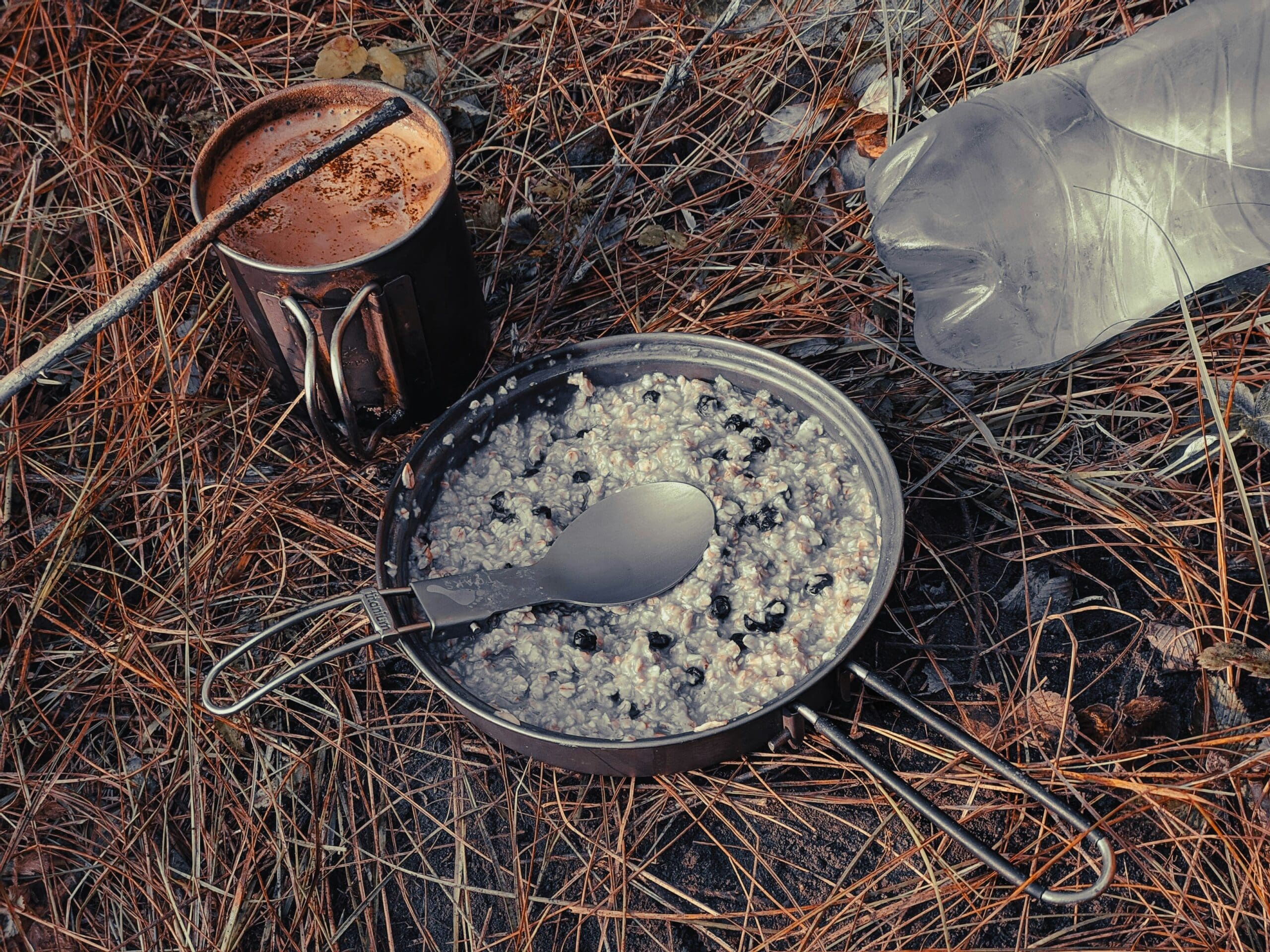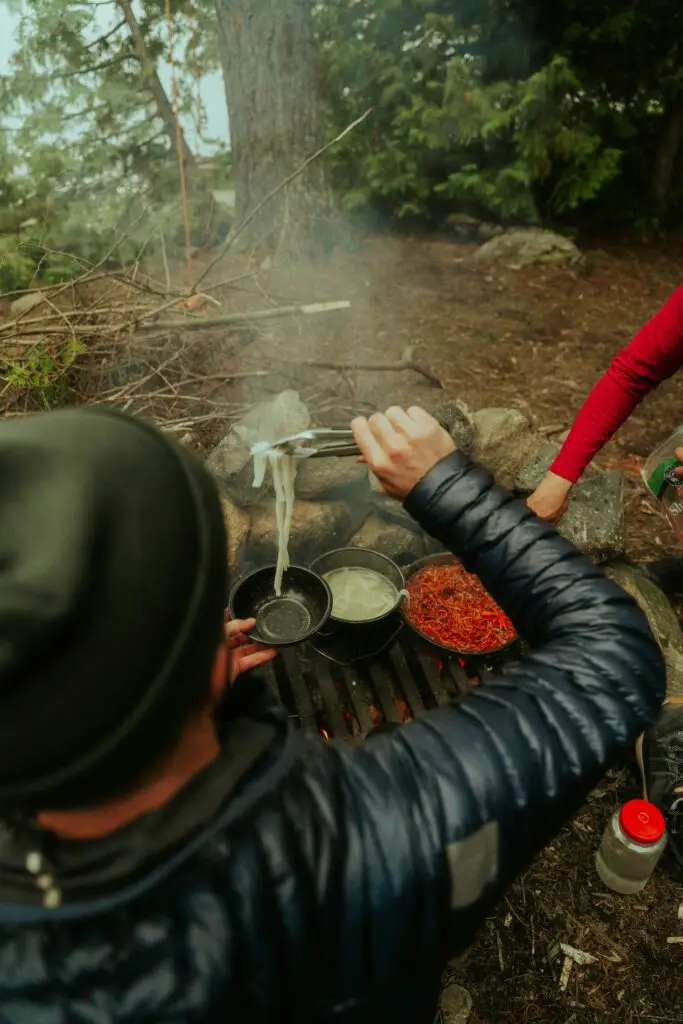Backpacking cooking is an art that can transform a simple meal into a memorable dining experience amidst the beauty of the wilderness. Whether you’re embarking on a multi-day trek through rugged terrain or camping under the stars in a remote backcountry location, mastering the art of backpacking cooking can enhance your outdoor adventure and keep you fueled for the journey ahead. In this guide, we’ll explore essential tips and tricks to help you create delicious and satisfying meals on the trail.
Plan Your Meals in Advance
Before hitting the trail, take the time to plan your meals carefully. Consider factors such as the duration of your trip, the number of meals you’ll need to prepare, and any dietary restrictions or preferences. Create a menu that includes a variety of lightweight and nutritious ingredients, and pack your food supplies accordingly to ensure you have everything you need for each meal.
Choose Lightweight and Compact Ingredients
When it comes to backpacking cooking, every ounce counts. Opt for lightweight and compact ingredients that are easy to transport and require minimal preparation. Dehydrated and freeze-dried foods are excellent options, offering convenience and versatility without sacrificing flavor. Stock up on staples like instant rice, pasta, beans, dried fruits, nuts, and jerky, as well as dehydrated vegetables and meats to add flavor and nutrients to your meals.

Invest in Portable Cooking Gear
Investing in lightweight and portable cooking gear is essential for successful backpacking cooking. Look for compact and durable equipment, such as backpacking stoves, cookware sets, and utensils designed specifically for outdoor use. Consider the size, weight, and functionality of each piece of gear, and opt for multi-purpose items that can serve multiple cooking needs while minimizing bulk and weight in your pack.

Master One-Pot Meals
One-pot meals are a backpacker’s best friend, offering simplicity, convenience, and delicious flavors in a single pot. Experiment with recipes for hearty and satisfying dishes like chili, stir-fries, pasta, and soups that can be prepared using minimal ingredients and cooking utensils. Combine grains, protein sources, vegetables, and seasonings in a single pot or cooking vessel, and let the flavors meld together over a campfire or backpacking stove.
Pack Flavorful Ingredients
While space and weight restrictions may limit your options, don’t skimp on flavor when it comes to backpacking cooking. Pack lightweight and compact flavorings and seasonings that add zest and variety to your meals, such as dried herbs and spices, hot sauce, olive oil, soy sauce, and vinegar. Experiment with different combinations and flavors to create delicious and satisfying meals that tantalize your taste buds on the trail.
Embrace No-Cook Meal Options
In addition to traditional cooking methods, consider incorporating no-cook meal options into your backpacking menu. No-cook meals are lightweight, convenient, and require minimal preparation, making them perfect for quick and easy trailside dining. Stock up on portable and shelf-stable foods like energy bars, trail mix, jerky, nut butter packets, dried fruits, and pre-packaged snacks that provide instant energy and nutrition without the need for cooking or heating.
Practice Safe Food Handling and Storage
Food safety is paramount in the backcountry, where resources may be limited, and sanitation can be challenging. Practice proper food handling and storage techniques to prevent contamination and foodborne illness, including washing your hands before preparing meals, keeping perishable foods chilled in a cooler or insulated bag, and storing food items in airtight containers or resealable bags to prevent spoilage and odors.
Leave No Trace
As responsible outdoor enthusiasts, it’s essential to minimize your impact on the environment and practice Leave No Trace principles while backpacking. Choose established campsites whenever possible to minimize your impact on the environment and avoid trampling fragile vegetation or disturbing wildlife habitat. Leave your campsite cleaner than you found it by packing out all trash and waste, including food scraps, toilet paper, and hygiene products. Minimize your use of campfires and follow local regulations regarding fire restrictions and firewood collection to prevent damage to natural resources.

Backpacking cooking is a rewarding and satisfying experience that allows outdoor enthusiasts to enjoy delicious and nourishing meals while exploring remote wilderness areas. By planning ahead, choosing lightweight and compact ingredients, and mastering essential cooking techniques, you can create flavorful and satisfying meals that fuel your adventures on the trail. So pack your pots and pans, lace up your hiking boots, and embark on your next backpacking adventure with confidence, knowing that you have the skills and knowledge to cook up a feast wherever your travels may take you. Happy cooking!



